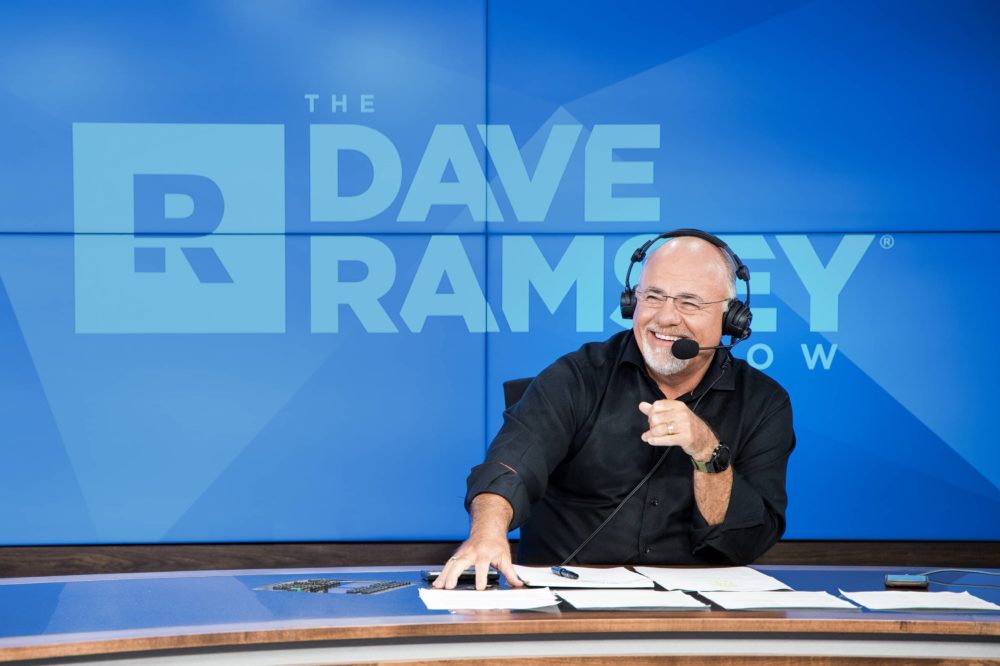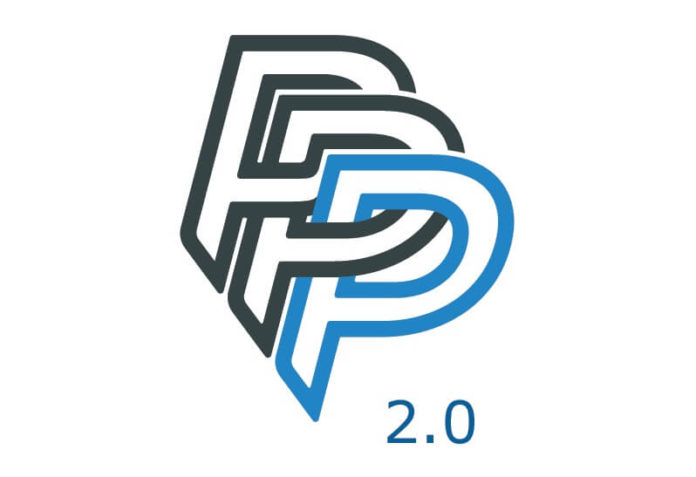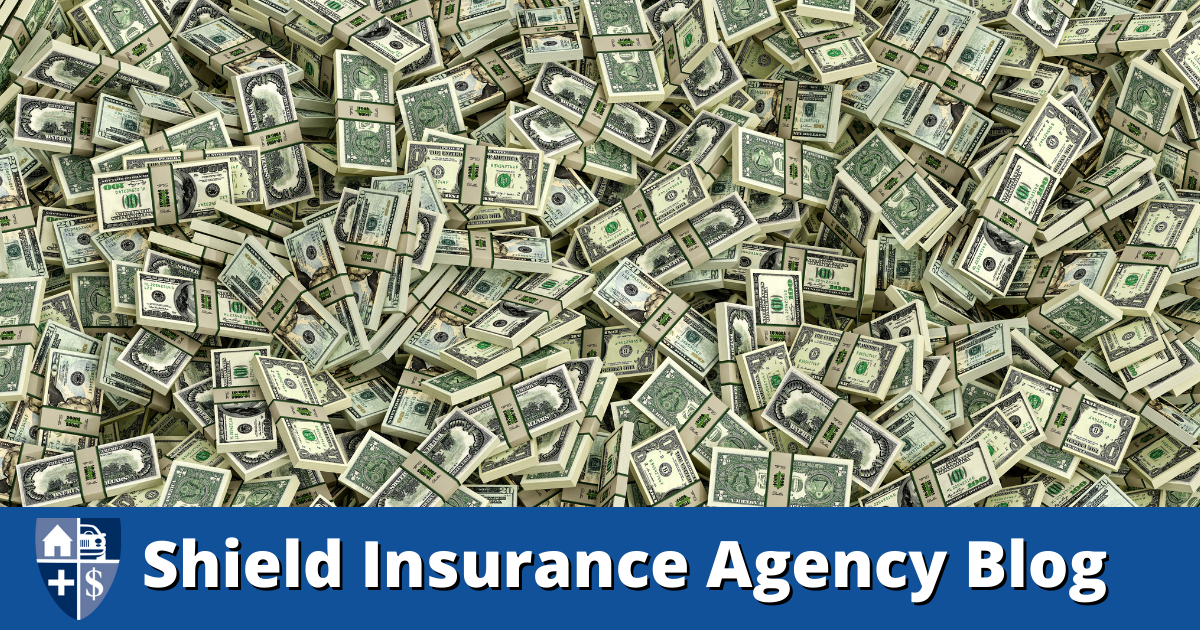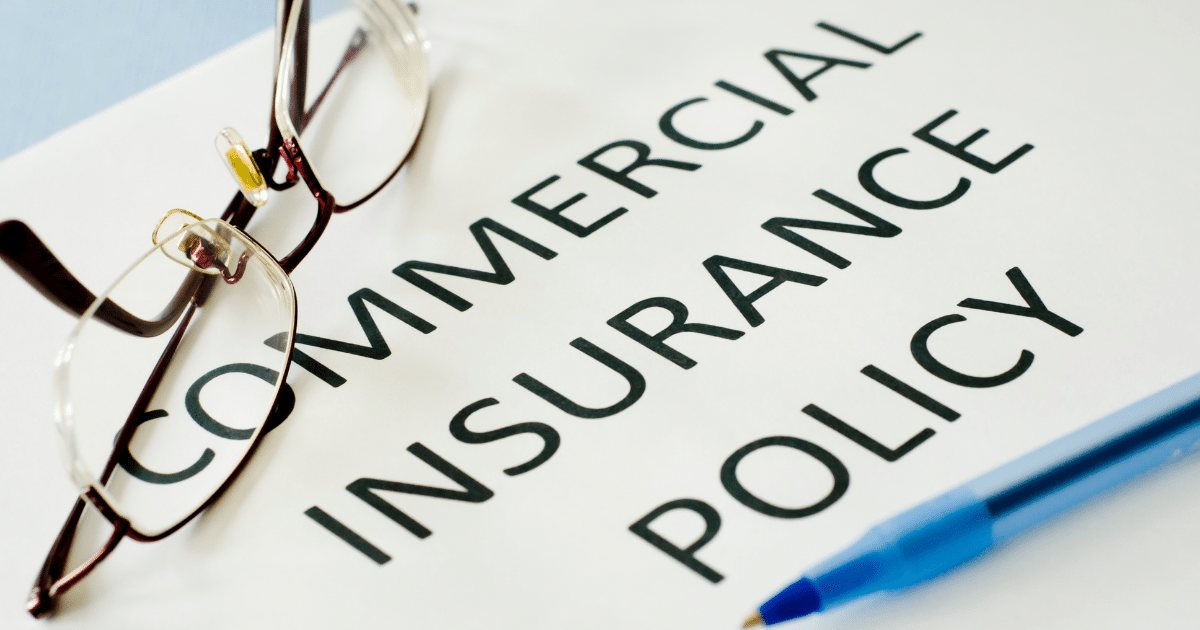Shield Insurance Blog | Cash | Health Insurance | Start A Quote Today!
Employers’ and employee’s health care costs continue to skyrocket. A solution is to allow employers to give employees pre-tax cash to purchase their own health insurance. This move, enabled by a newly enacted federal rule, would put competitive pressure on insurers, driving down costs, and leave more cash in employees’ pockets.
In 2018, American corporations spent $962 billion on health care, a mammoth sum that should significantly influence the health care system. Despite this leverage, U.S. firms continue to struggle with spiraling costs. From 2013 to 2019, the price of health insurance premiums for corporate family plans grew by 22%, dwarfing the growth in overall inflation (8%) and workers’ earnings (14%) as a percentage of income.
In response to these price hikes, all too many firms have sought better prices from health insurers by increasing out-of-pocket employee payments, yet have not passed on the savings to employees. By 2019, employees’ share of health insurance premiums had grown from 26% (in 2005) to 30%, and deductibles had more than tripled. Thirty percent of covered employees were in plans with deductibles averaging a hefty $4,673 to $5,335 for various family high-deductible health plans. Underinsurance grew, with 28% of workers lacking complete financial protection.
The diversion of employee money to pay for health insurance is a little-discussed factor in stagnant wages among wage-earning employees. Because premiums are not adjusted for income, lower-income employees have been hit especially hard, exacerbating income inequality. The cost-shifting may also have affected a considerable decrease in lower-income employees accepting employers’ health insurance.
There is a ready solution to the combined problem of spiraling employer and employee health-care costs: Allow employers to give employees pre-tax cash to purchase their own health insurance. This move, enabled by a newly-enacted federal rule, would put competitive pressure on insurers, driving down costs, and leave more cash in employees’ pockets. Before we describe how this can work, some history is required.
ESI: Accident of Cash History
Although the funds employers use to purchase insurance are widely recognized to come partially from reductions in employees’ take-home pay, the purchase is known as Employer-Sponsored Insurance (ESI), likely because employers chose the plans offered to employees. Employees thought that “good jobs” included health care benefits, although employers in effect paid for insurance through reductions in employee compensation.
ESI was created with an obscure post-World War II regulation that enabled employers to purchase health insurance for their employees using tax-free income.Yet, people who bought health insurance individually could not deduct the expense from their income taxes, except under rare circumstances. Tax policy changes behavior, and so it was for the health insurance market. Businesses thrive when the right personnel are doing the right jobs, but ESI forced the HR VPs to become health insurance shoppers.
They got their best deal from the big insurance companies and offered a few plans they hoped could meet their employees’ diverse needs. In 2019, only one-fifth of insured workers in all firms had a choice of more than two plans and 36% overall had no choice. Although substantial research indicates that increasing the selection of plans and insurers increases employee welfare and controls costs, some employers may worry that increasing choice will increase administrative costs. But the fees for defined contribution pensions, typically with 27 choices, decreased over time.
By 2019, this tax preference caused up to 153 million employees and their families to obtain their health insurance through their employer, rather than in markets for individual health insurance as they do for most other goods and services. It also stopped one of five adults who said that they or a partner who lost their ESI coverage due to Covid-19 reductions from buying health insurance on a tax-free basis.
A New Approach using Cash
We propose a new approach that would give American workers and their families greater choice of insurers and plans, with the potential benefit of putting more dollars in their pocket. This approach would also enable employers to offer more attractive compensation packages to recruit employees in the war for talent.
We can do this based on a newly enacted federal rule that grants workers control, pre-tax, of their ESI funds. The law allows employers to give employees a lump sum of cash for purchasing health insurance, pre-tax, through health reimbursement arrangements (HRAs). Until recently, any lump-sum payment to an employee, even if intended exclusively for buying health insurance, would count as taxable income. We would add a wider variety of Affordable Care Act (ACA)-compliant, pre-tax health insurance plans, and increased transparency that reveals the impact of different choices on their after-tax income and coverage. Our proposal would enable the employee to keep whatever dollars not spent on health insurance after taxes.
This structurally modest but economically significant platform would give workers fuller control of ESI funds, introduce substantial competition among plans/insurers, and enable shopping and navigation tools to allow more effective expenditures of ESI dollars. When applying these control, choice, and transparency reforms to all American workers receiving ESI, our simulation projects 2018 increases in total annual after-tax worker income of $101 billion to $252 billion and of federal income and most federal payroll taxes of $39 billion to $163 billion, depending on the concentration of risk in the employer’s pool of insured employees. (The plan pricing includes a “holdback” of the funds needed to maintain cross-subsidies from members of the pool of insured employees with lower health care costs to those with higher health care expenses. The holdback also spares self-insured employers from paying substantially more for ESI if healthier employees cash out an amount once used to subsidize higher-cost ones.)
These increases in after-tax income accrue disproportionately to lower-income employees. The simulation also shows that as employees buy lower-cost health insurance, total medical care expenses decline commensurately by 7.3% to 25.1%, generally exceeding hundreds of billions of dollars.
As it stands, the new rule reaches only a fraction of American employees because it is allotted to purchase individual health plans rather than group plans. This is a small share of the population, the market, and the problem.
Insurers sell individual plans on a “full-risk” basis in which they bear the underwriting risk of health costs, unlike the group plans of large employers that mostly carry the risk themselves (called “self-insured” or “self-funded” plans.) Full-risk insurance is higher priced than self-insured plans. Thus, the large employers that provide the majority of U.S. ESI are unlikely to pursue the opportunities under the new rule because the shift would cause them to either spend more on health care benefits or offer fewer medical benefits.
But this shortcoming is easily remedied. The Biden administration should simply expand the rule to allow self-insured employers to issue tax-free ESI funds in HRAs so employees can purchase from an expanded menu of group plans offered by the employer. This arrangement would allow the six in 10 employees who receive health insurance through self-insured employers to purchase their health insurance more directly and weigh pre-tax health insurance against after-tax income. If we gave 153 million employees tax-free control of what likely is their most significant annual purchase, the market would respond appropriately. These employees would be the target of insurance marketing, not the HR departments.
As for transparency, although the ACA mandated disclosure of the costs of ESI in Box 12 of the employee’s W-2, it is largely disregarded.
Have you ever read your Box 12? Neither had we.
Although most economists accept that most funds spent on health insurance come out of employee income, all too many employees do not view the information in Box 12 as a number that cuts into their wages. The increased transparency we recommend would help insured working Americans to understand the impact of their choice of insurance on their income, and likely unleash untapped competition in the insurance market.
Results
Our simulation assumes that employers will offer a reasonably broad choice of insurance plans, that required disclosures will adequately inform employees regarding health plan availability and prices in the market, that employees will have adequate navigational and educational support to synthesize market offerings, and that these disclosed opportunities will lead some employees to make economizing selections. The simulation assumes the adoption of this proposal by all employers with ESI. It does not incorporate the effect of federal payroll taxes other than Medicare and Social Security nor state and local taxes.
The cash a worker puts in her purse depends on the premium (which includes a holdback that corresponds to the concentration of risk in the employers’ pool). We assume the purchase of an ACA bronze-level policy, which covers 60% of expected expenses, and an employer contribution of $14,069, under three different concentrations of risk assumptions and two estimates of price elasticity.
Our results vary with the concentration of risk and elasticity estimates. The increase in worker income ranges from a high of 31.7% to a low of 4.73%. The largest percentage income increase accrues to those earning less than $50,000 annually. The lowest percentage increases accrue to those earning more than $100,000, ranging from 0.72% to 2.3%. Medical care expenses, estimated at 85% of the premium, as required by the ACA, decrease by $90 billion to $305 billion, commensurately with health insurance premiums.
The six simulations — based on three different risk estimates and two different price elasticities — yielded premium price declines ranging from 7.31% to 25.1%. We tested whether these reduced prices are sufficient to enable enrollees to buy full-risk ACA plans. Our results, which compare these reduced premium prices per household to the 2018 cost per enrollee for the ACA exchanges’ plans, indicate that the new premium prices were generally more than sufficient to buy a bronze plan.
Our simulations show that giving employees more choice and control will increase their incomes, spur additional tax revenues for Uncle Sam, and lower health care costs.
How to Make This Happen
To capitalize on the promise of employee purchasing, employers and policymakers should pursue additional objectives. Employers should ensure that employees have reasonable plans available. The ACA requires insurers participating in ACA exchanges to offer plans with actuarial values of at least 70% and 80%, depending on employer size. Because our simulation finds that many would opt for a bronze-level plan (60% of actuarial value), employees would benefit from access to such lower-cost plans. At the very least, employers should ensure that their employees may avail themselves of bronze plans in the regional ACA exchange.
Enabling employees to purchase health insurance requires arming them with the information necessary to make informed decisions, not a strength of the American health care system.
Congress can achieve meaningful transparency by requiring prior authorizations to enhance price and quality transparency. The ACA instructs exchanges to maintain “transparency in coverage” regarding all costs associated with qualified health plans and allocated funds to develop quality measurements to assess care quality. Employers, or a coalition of employers, could use this funding to institute their offerings to educate and guide their employees, much as they supply mechanisms to inform their employees through retirement offerings.
Existing law could also encourage effective navigation in the private exchanges. The ACA requires federal exchanges to establish navigator programs and nothing in the statute or its implementing regulation prohibits distributing grants to navigators for private exchanges. Therefore, these exchanges could offer employees meaningful choices while taking advantage of federal programs designed to inform employees who make such choices.
Conclusion
We propose creating a platform that builds on recently enacted federal rules and the Affordable Care Act requirements. We would give workers in large self-insured groups expanded ESI choices that would allow control of their ESI funds and tradeoff pre-tax ESI funds for taxable wages. We further propose regulations that would more thoroughly inform employees of their historical expenditures on health insurance, avail them of many choices currently available in the market, and arm them with the wherewithal to make informed choices. Sunlight is the best disinfectant.
Our simulation quantifies the resulting economic benefits. It found that workers, especially those earning less than $50,000 annually, could benefit substantially from trading in some health insurance for taxable take-home pay.
Each person or head of household knows best what health care coverage they need. Our simulation indicates that nationwide annual after-tax household income would grow by $101 billion to $252 billion, and most federal tax revenues increase by more than $39 billion to $163 billion.
Further, this proposal could lead to longer-term structural reforms in the insurance marketplace. It would trigger more price competition, stimulate more affordable offerings, and usher in innovative insurance and transparency products. Our simulation conservatively pegged the downstream savings in the cost of medical care at upwards of $100 billion. Because of the ESI market’s mammoth size, these savings may well spill over to the rest of the health care system, thus eventually affecting Medicare, Medicaid, and ACA enrollees.
Americans have always preferred the private financing of health care, which is why the U.S. health system has built itself atop a network of private health insurance. But we should express disappointment that this market system of private insurance has not exerted the economic prowess we would expect. Infusing hundreds of millions of well-informed, price-sensitive Americans into the market is the swiftest and most effective way to exert market dynamism that has been sadly absent thus far. If we want to benefit from the fruits of choice and control, we should ensure that employees have what they need to make it work.
More bogs by Shield Insurance Agency
































































